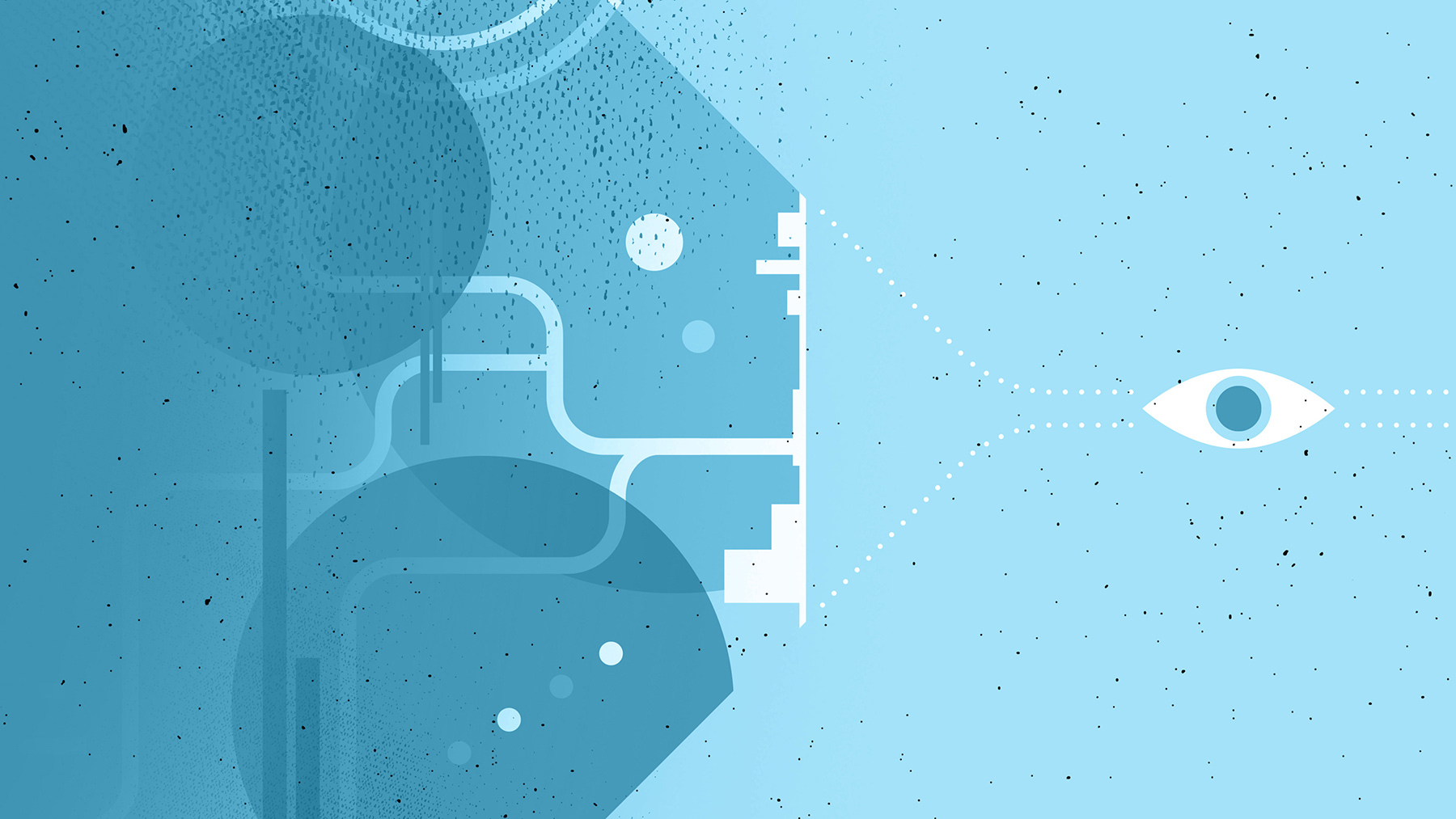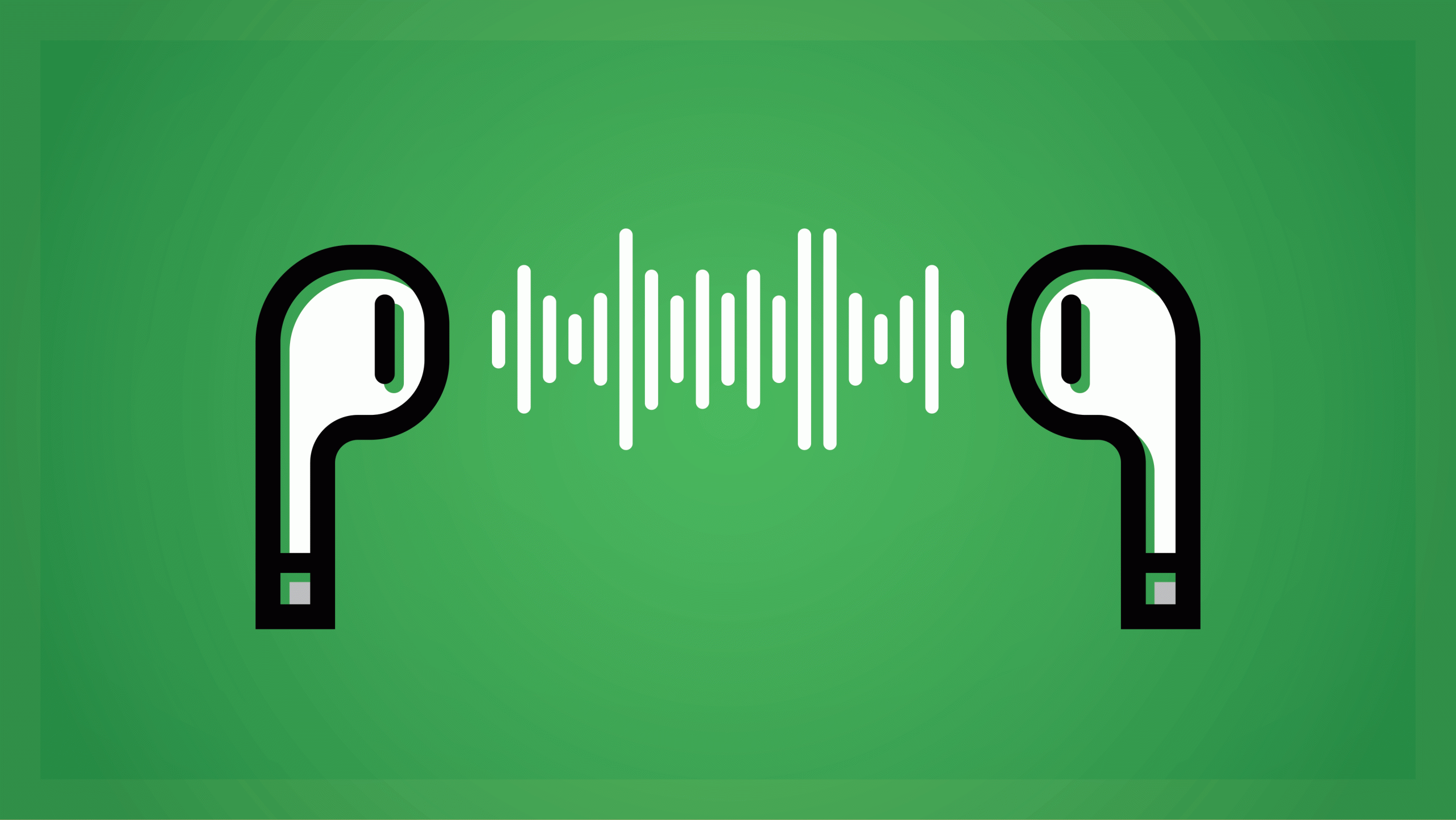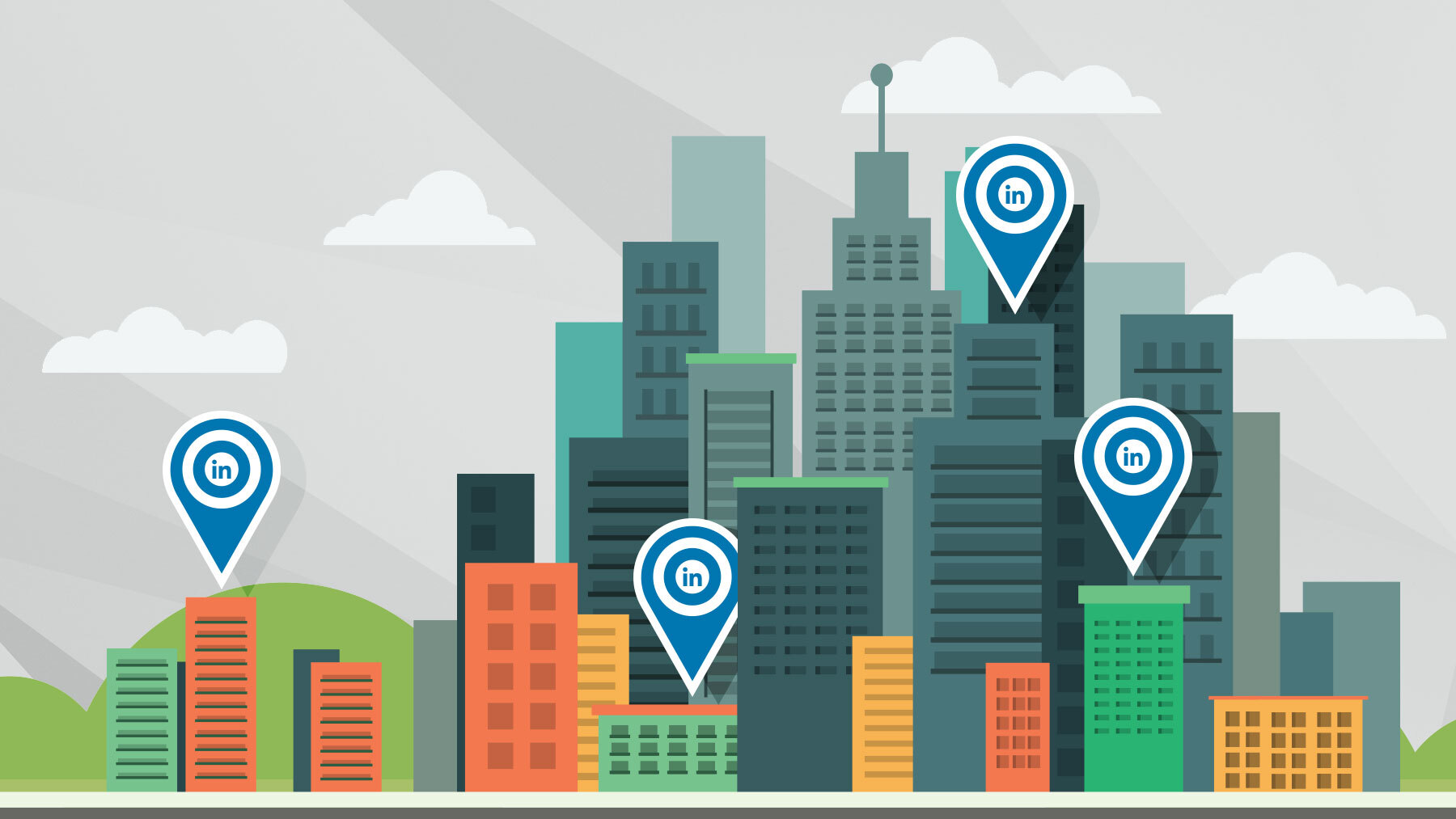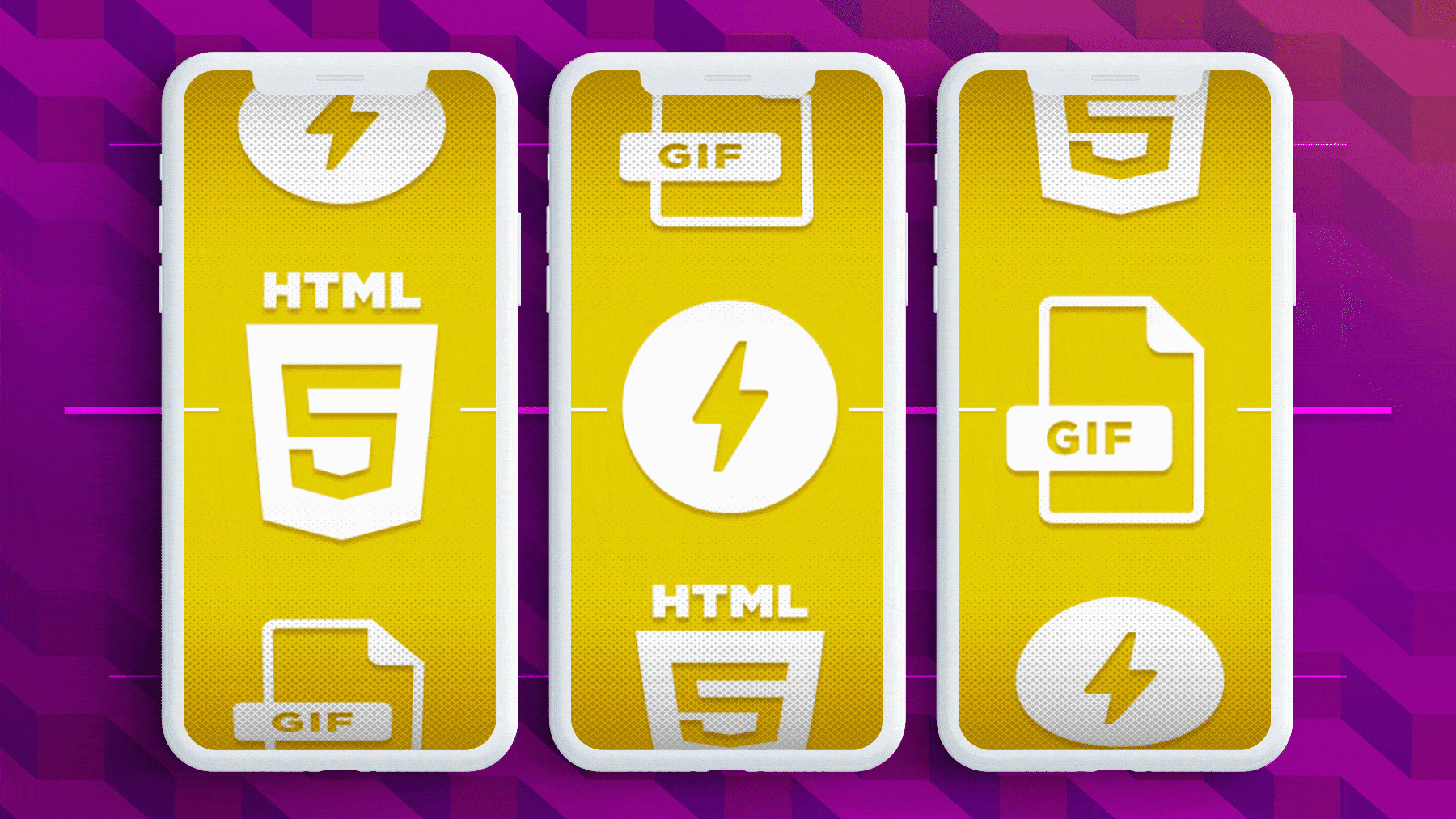
Whether or not you know the term “flat design,” it is something you experience on a daily basis.
After all, you are reading this on our website, constructed out of its typical characteristics, like simple typography and minimal, bold colors. It is a visual language that favors minimalism over the illusion of three dimensions. As with most things that rise in popularity, flat design is condemned by some to be a trend or fad, set to expire at any moment. But the fact is, this style has survived its 15 minutes of fame and for a very good reason: it works.
During the onset of modern web design, everything was limited to small screens and basic boxes. As web design’s possibilities continue to expand rapidly, we often find ourselves needing to push back against some of those ingrained limitations.
Technology accelerated, browsers evolved and screens changed shape. The early web moved from basic text to dancing babies, comic sans and rainbow gradients. These were dark times for many designers, but as people continued to create, design sensibilities became more intentional. As new technology allowed for it, we started to see a less of those small boxes and more immersive story telling experiences.
A few years back, a new trend took over – flat design. This new take on minimalism has had a big impact on the way we interact with digital media. The general idea is that an element, a button for example; doesn’t have to look realistic, so long as it was clearly actionable. Frivolous textures, gradients and animations were toned down in favor of bold messaging and more adaptable elements. Typography took center stage.
It’s hard to pinpoint exactly when design made the shift. Perhaps back in 2006, when Microsoft introduced the Zune interface; or two years later, when Pepsi revamped their logo. It wasn’t long before other companies jumped on board.
That may have been the beginning of the ‘flat design’ trend as we know it now. Though one could argue that Microsoft really kickstarted the interactive side of things when they introduced their Metro UI interface in 2012.
Gone were the rainbow gradients and heavy shadows. All dropped in favor of subtle shifts in color, flat shapes and sensible animations. This subtlety made for a less obtrusive experience that favored simplicity and ease of use. Soon, Apple and Google joined the party. Of the three giants, Google may have the most thorough approach with their material design specifications.
Important content is given space to breath. Fonts are deliberately chosen for readability. Animation gives a sense of feedback and content is made more modular to shift and stack depending on screen sizes. Years down the road, the industry may shift back to realism or dark grungy sites. It’s impossible to predict, but one thing is certain–flat design works, it’s been working for nearly 10 years, and it works really well.


